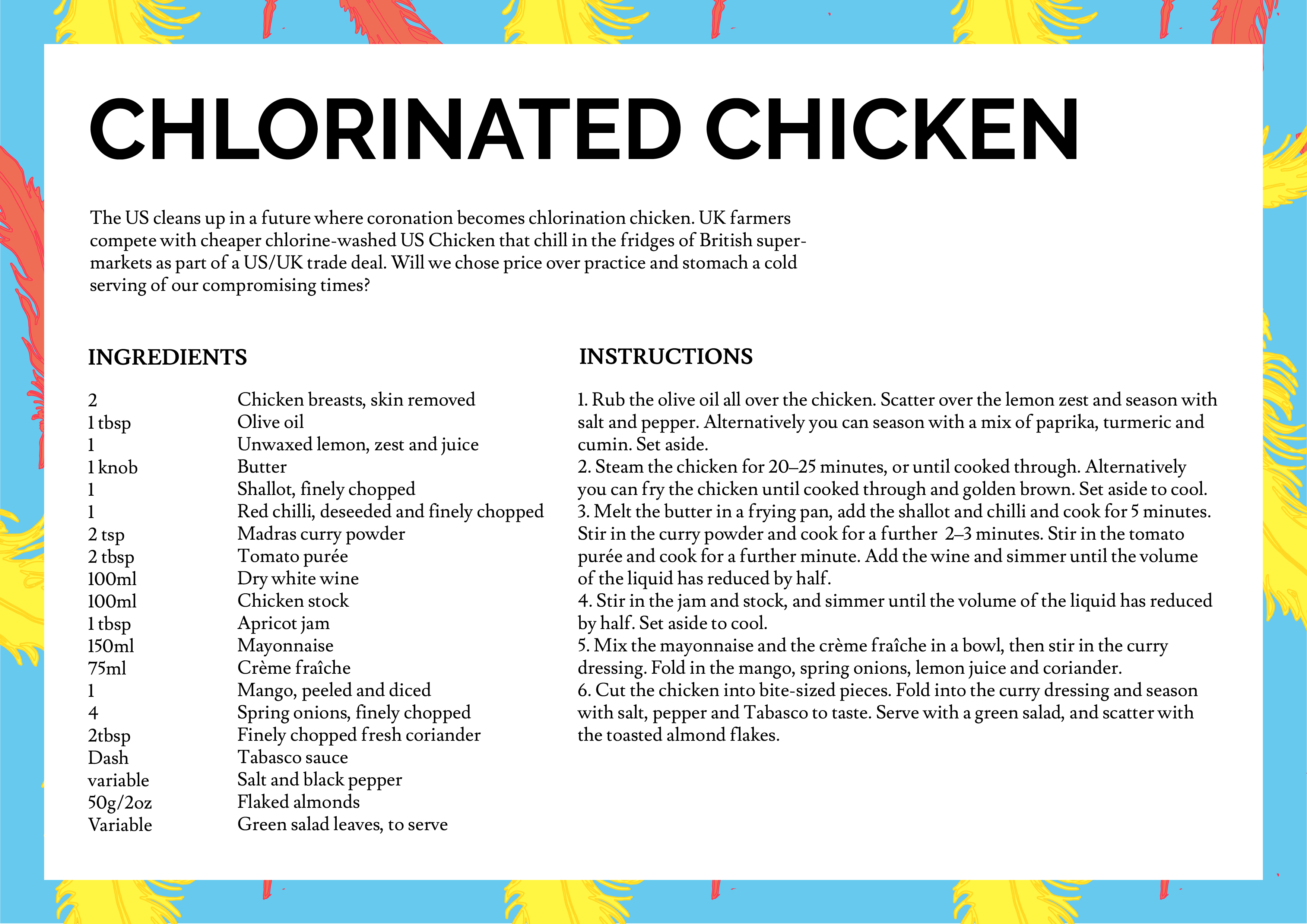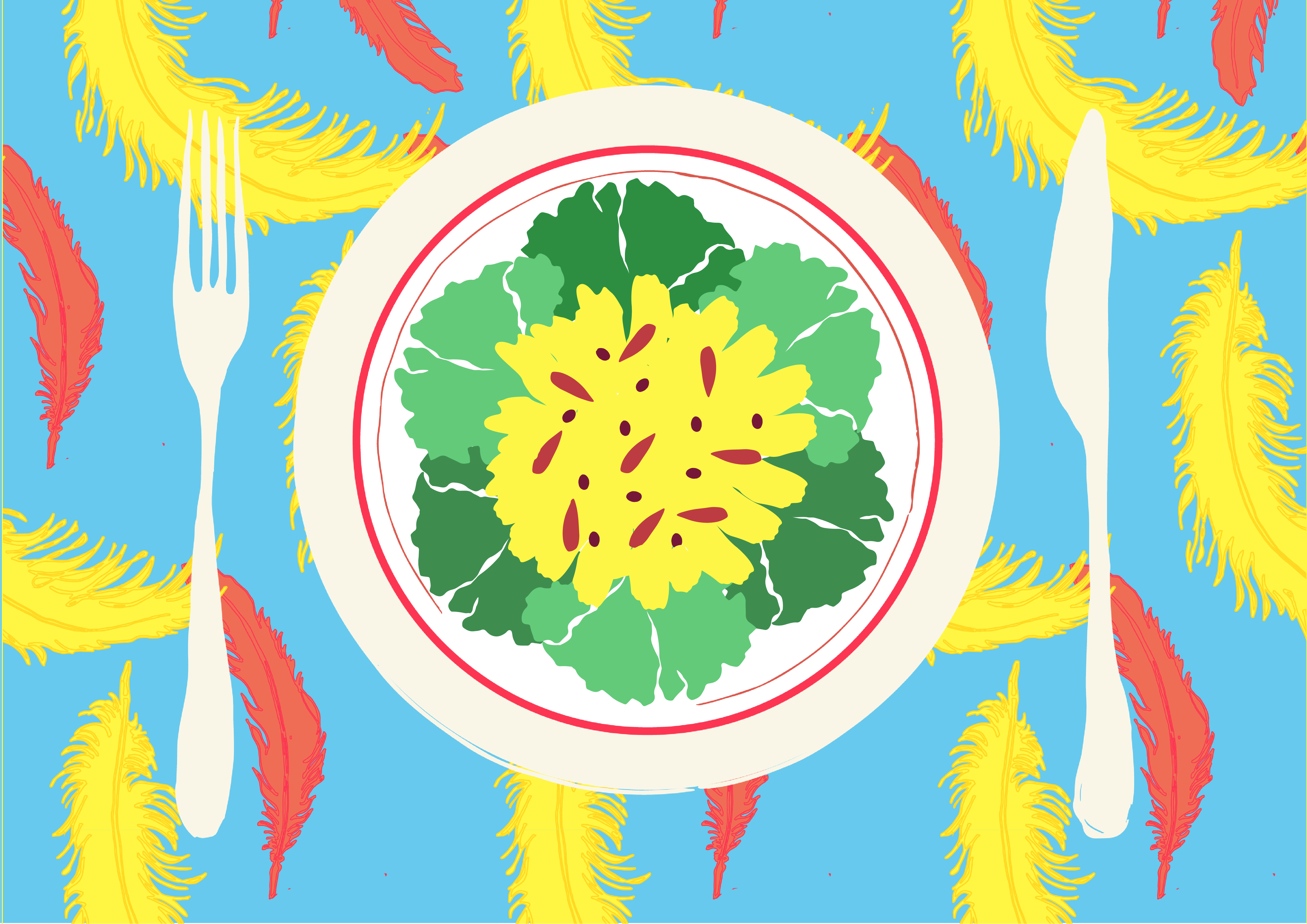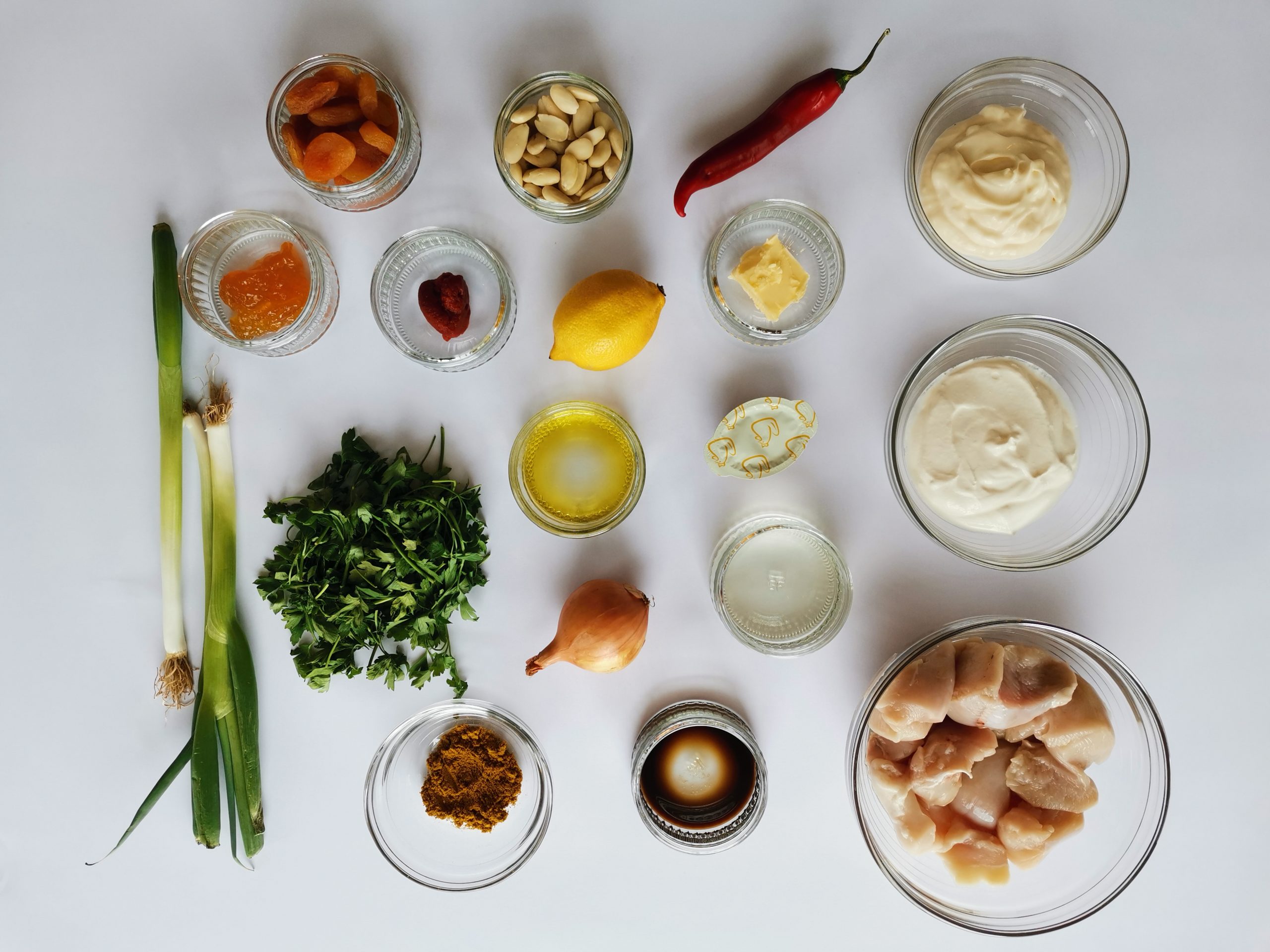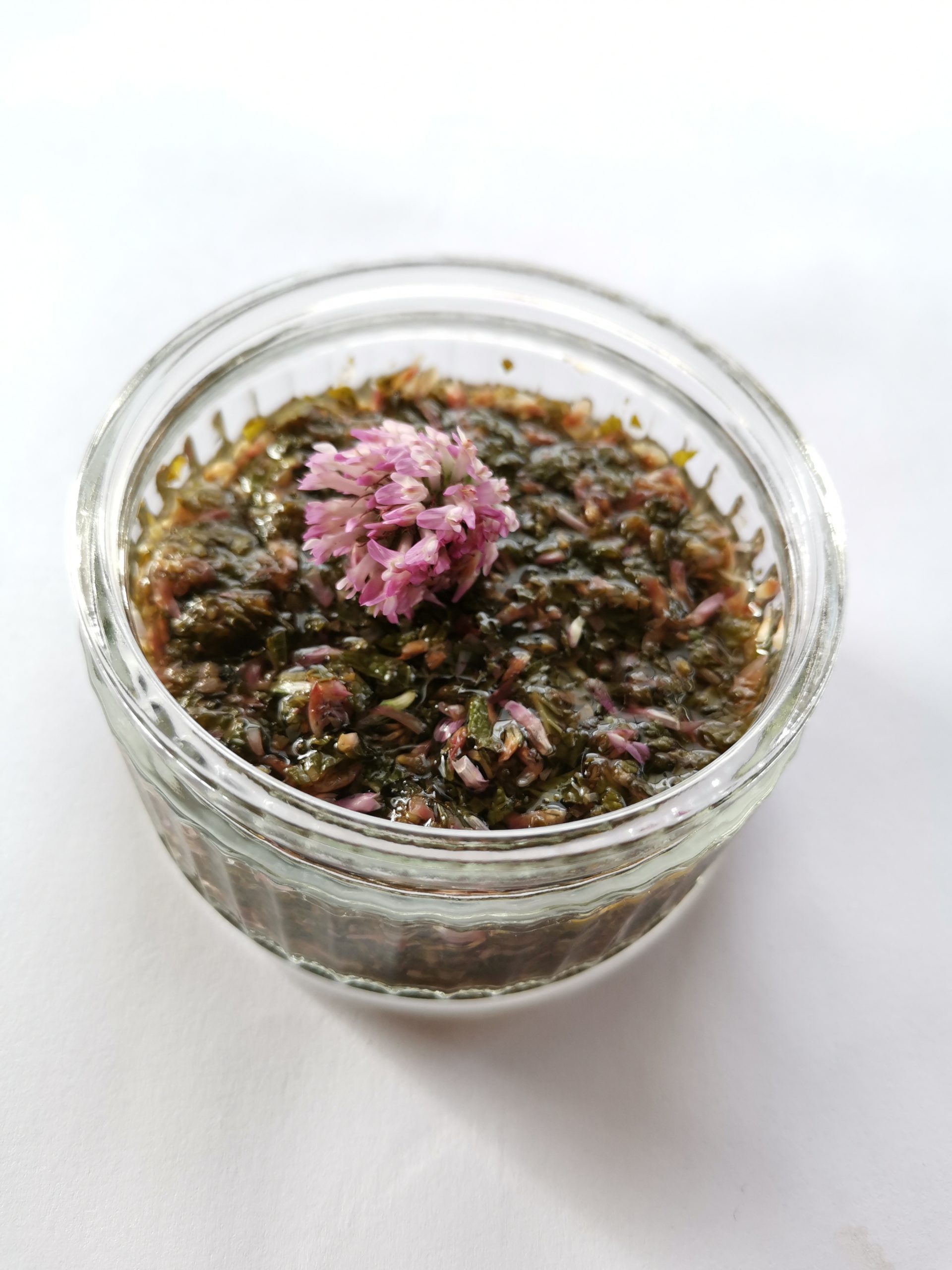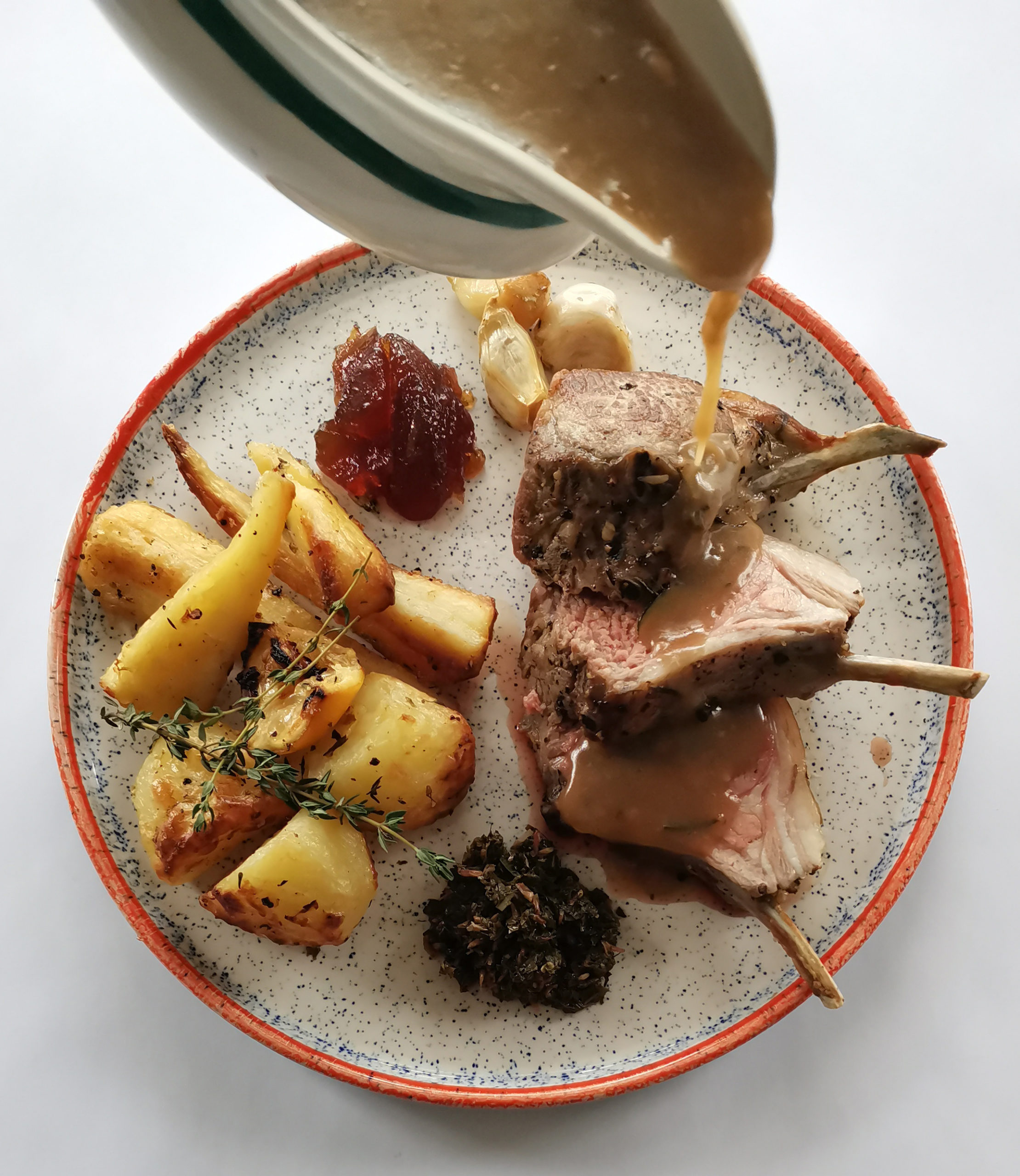As part of our current research project Brexit Banquet, the Center is exploring how farmers, chefs, policy-makers and eaters will adapt to changing realities and flavours of a disrupted food system post-Brexit.
In order to pre-enact a disrupted food system and preemptively—explore, experience and taste—these changes, we have devised 5 dishes that start to sample a future where every aspect of food culture, soil health and agricultural biodiversity will need to be reconsidered, and will be contested in real time.
An offal tale.
During October 2020 Eileen Reiner (Brexit Banquet lead researcher) has been hands-deep in lamb lung, and knee-deep in farmland exploring the boundaries of her own personal culinary norms, getting over some squeamishness, and getting in touch with the current and future food system of Great Britain.
Farm visits, test kitchens and ingredient procurement at local retail outlets have each been opportunities to explore culinary biodiversity – the abundance and distribution of ingredients in and around where I live.
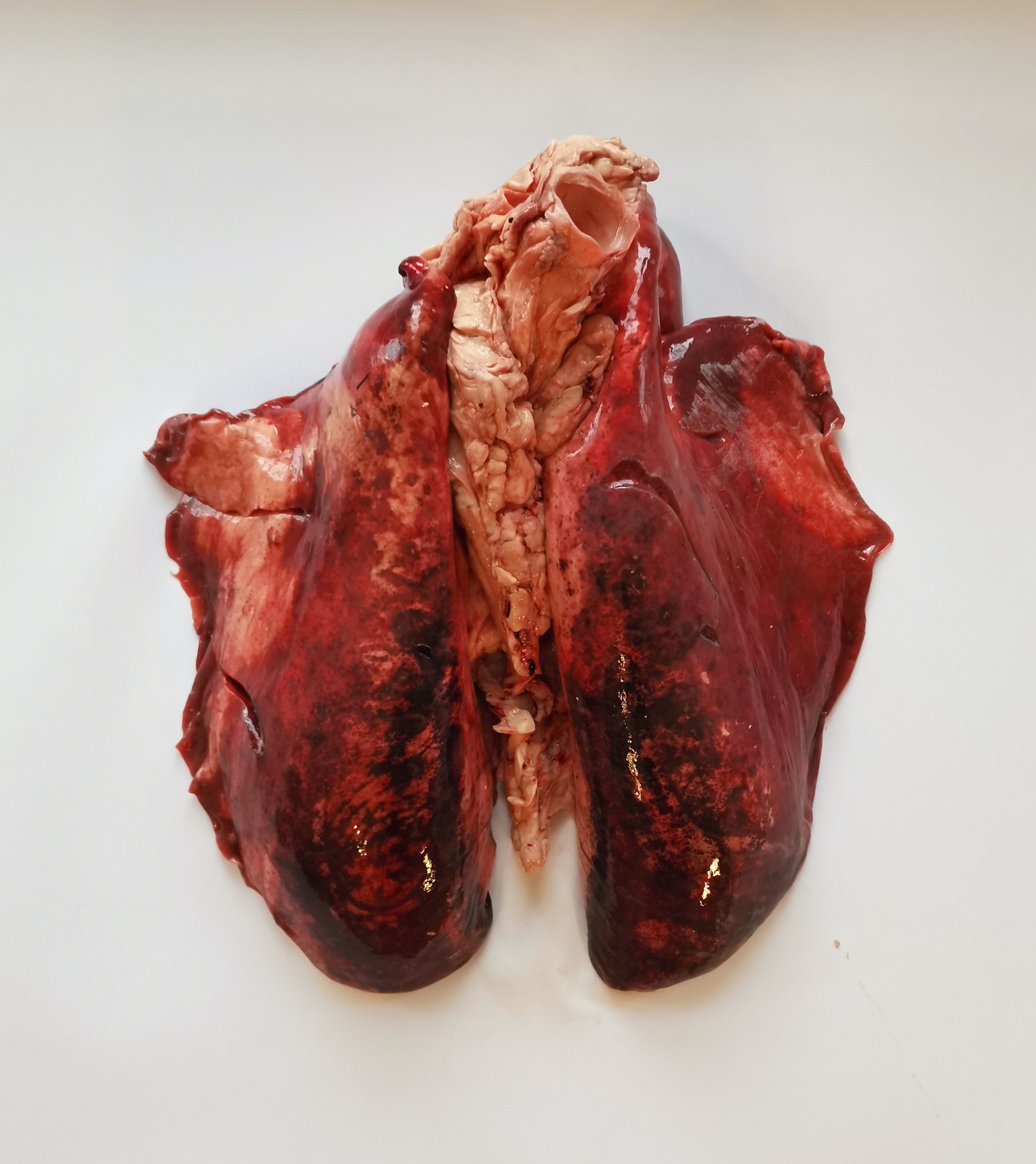
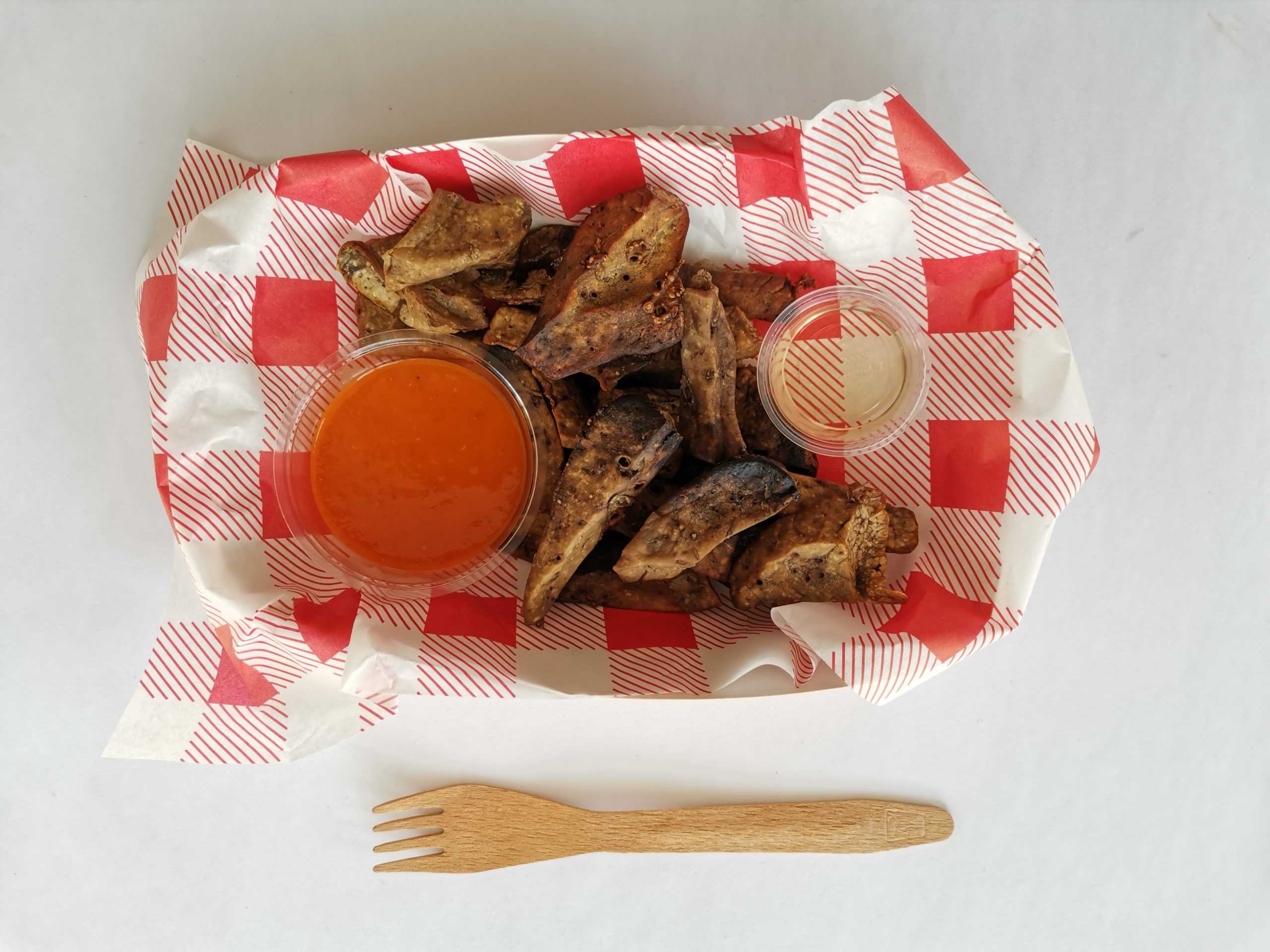

FROM EILEEN’S KITCHEN : DEEP FRIED LIGHTS
I would like to invite you into my Test kitchen on the South coast of the English Lowlands beech forests ecoregion— to get a sneak peek into the experiments and process of realising these speculative dishes, using what is currently available to me in my local area. The following is the first dish that was prototyped in our research, which may see further refinements in the following months. The second dish on the Brexit Banquet test kitchen menu is Deep Fried Lights.
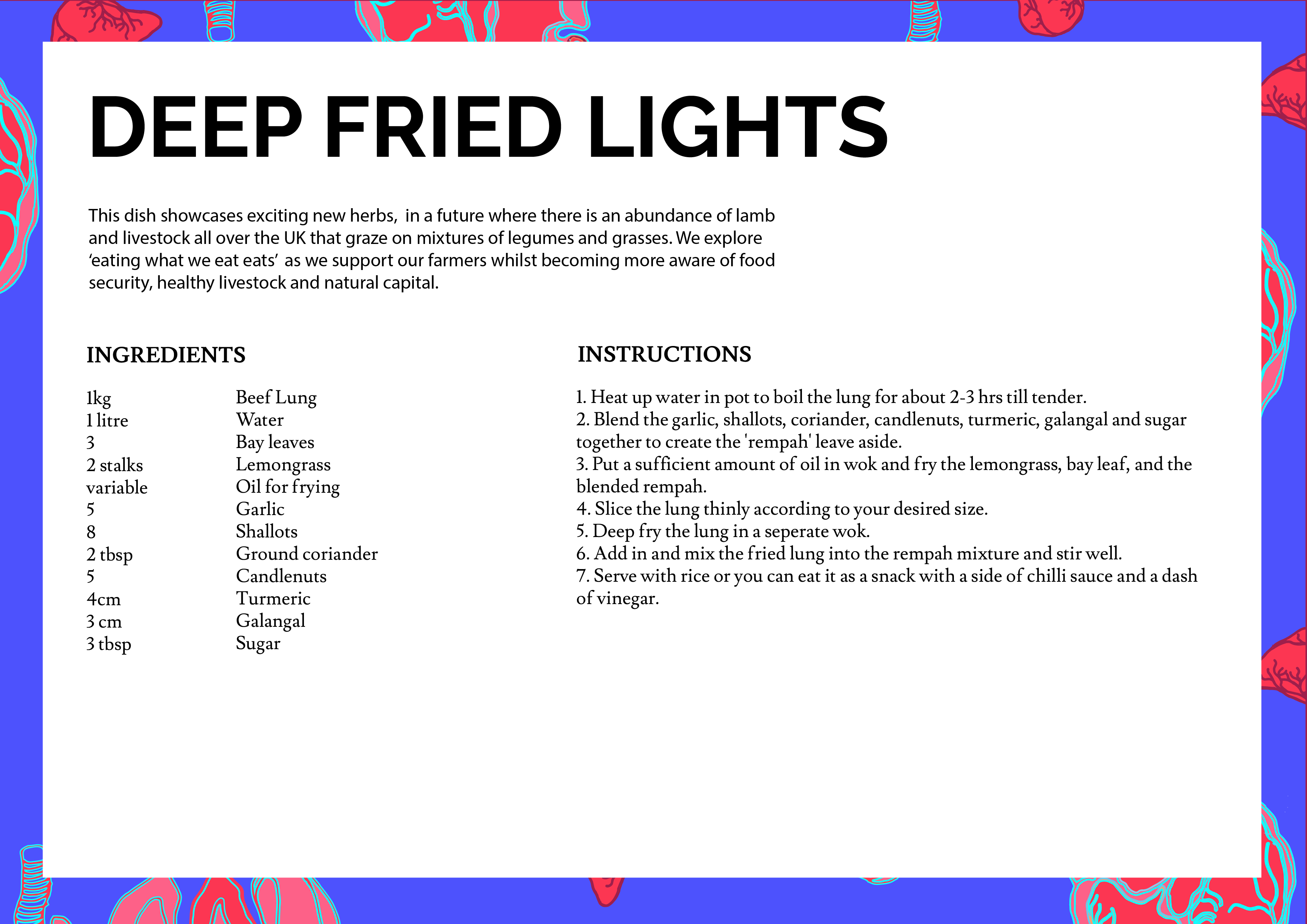
The motive:
This dish is an internationally inspired nose-to-tail meal kit. An opportunity to help us rediscover the delicacies of local meat whilst reducing waste and supporting our local farmers…
How will farmers fare if new trade deals mean that it will be harder to export certain cuts of meat that are not that popular anymore in the UK, but are in other European countries? From drob de miel to Foie gras, offal and dark meats are enjoyed in various dishes over the borders. Apart from the famous Scottish Haggis, they don’t seem to make such a regular appearance in our local restaurants or dinner tables anymore. Selling all cuts of the animal locally and directly may help on these potential issues. Schemes like Farm shop box schemes, farmers market and food assemblies are currently being explored. Customers order the exact products they want online to pick up weekly. This helps farms to minimise their waste, sell a wide range of cuts and to meet and get feedback from their customers.
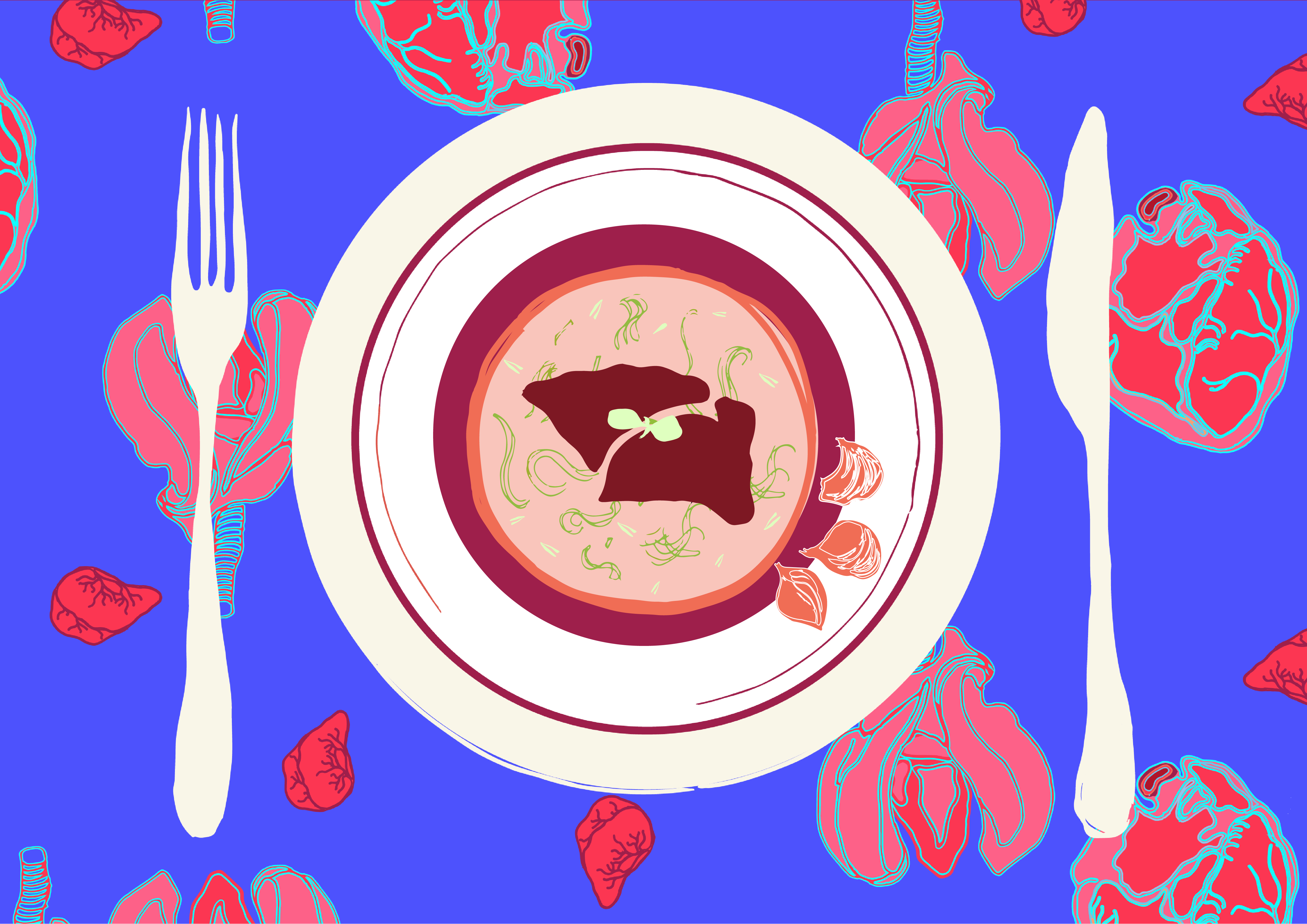
This dish serves as an inspiration for cooking with offal. An example from other cultures that savour those giblets! It is a take on the popular Malaysian street food dish ‘Paru Goreng’ Beef lungs (Lights) sauteed in a stew or coated in flour and turmeric powder and deep-fried. Often served with vinegar and/or hot sauce.
The procurement:
Although the UK farms plenty of beef, the prospect of acquiring beef lung was pretty daunting. After calling around a few of the butchers in my local area, I became quite self-conscious in my request…one of the butchers had to pass me over to another colleague as they simply couldn’t fathom what I was asking for. Feeling like a fervent carnivore, I was confronted with my own cultural aversion to the concept of eating lungs. The British beef industry has been said to be part of our national heritage, why do we currently seem so put off by offal?
After doing a bit of a google to see where I might find Beef lung in my area, I found out that animal lung is actually illegal in the US. This is based on the grounds that there is a risk that gastrointestinal fluid might leak into them during the slaughtering process, raising the likelihood of food-borne illness. Surely it can’t be illegal in the UK? Not with Scotland’s love for Haggis?
Finally, I found some Lambs lungs in the meat section of the local multicultural grocery store. I decided to give the dish a go with lamb instead. As a specialist food shop with ‘The very best ingredients, the world has to offer,’ I began to find this particular store essential for the ingredients for most of my Test Kitchen. I found the rest of my ingredients here too, along with Galangal. I hadn’t used this vegetable—closely related to ginger and popular in traditional Southeast Asian cuisine—before.
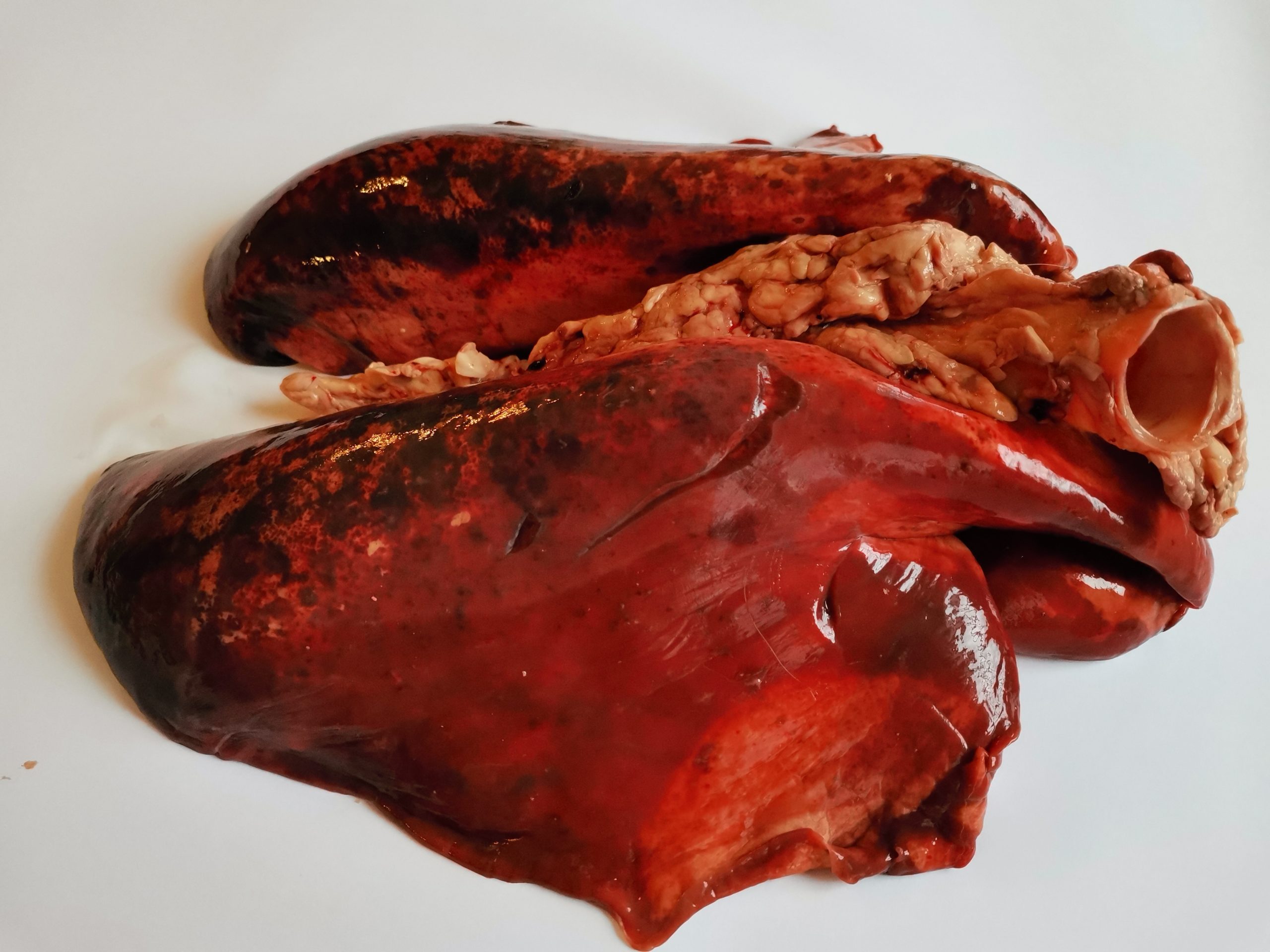
The cook:
I am not a vegetarian, but cooking the fresh pair of lungs in my kitchen was quite a confronting experience. In fact, I had to evacuate for a little outside stroll, when all was cleaned up. Am I that out of touch with the sources of my food? Having grown up with a mother who has now opened a vegan restaurant, and being a bit of a seafood junkie as an adult, I didn’t have much cultural experience with raw meat in the kitchen.
Cleaning the lungs felt like a biology lesson. Once I had gotten over the gore of it all, I spent about ten minutes methodically filling the bronchi from the tap, watching the lobes inflate to almost three times the size and then squashing the water out, as though I was deflating a beach ball.
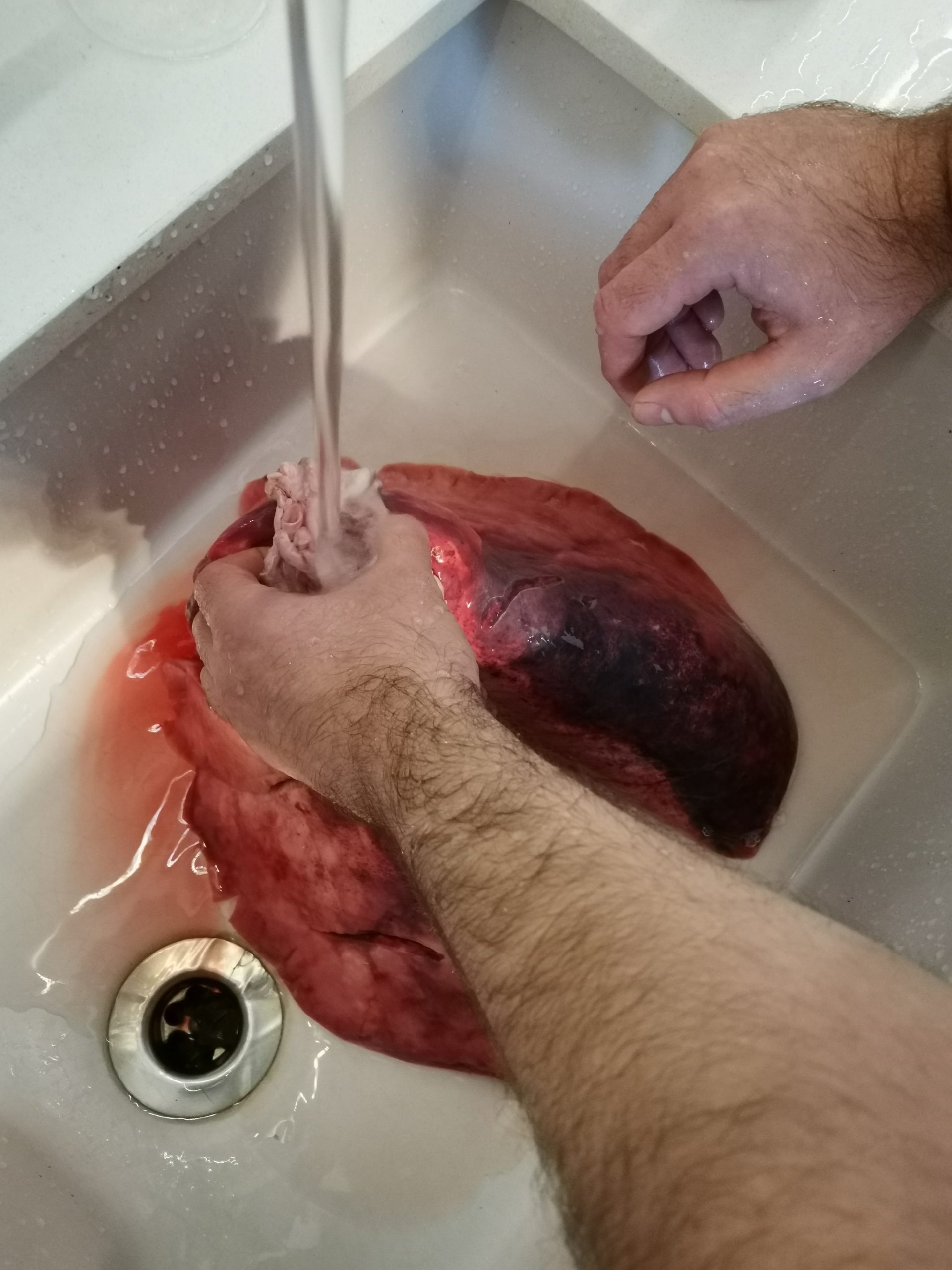


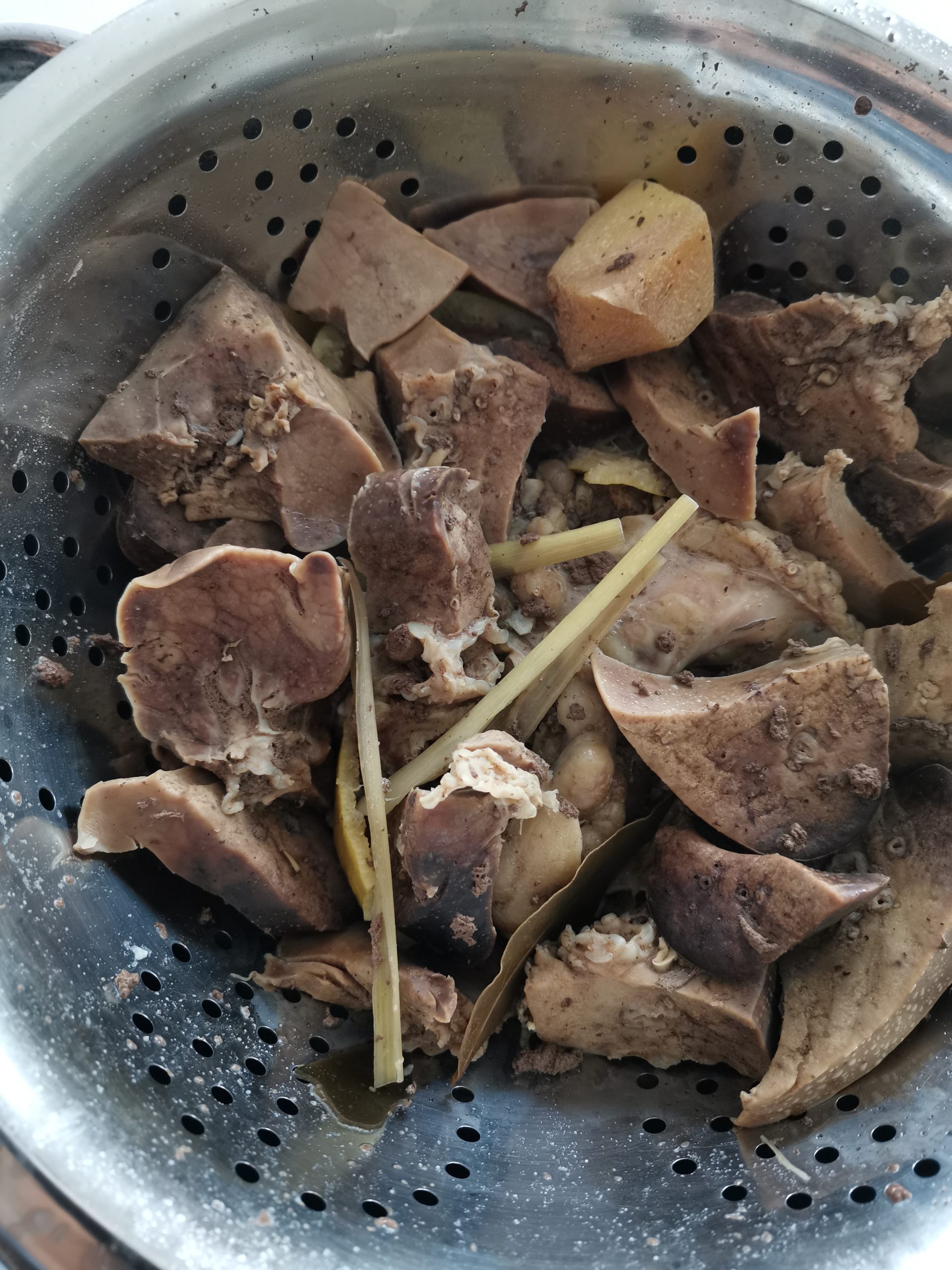
After the clean I sliced it into 2 cm slices, and boiled it together with some lemongrass and garlic and ginger, to help clean the meat and neutralize the smell. The boil gave me plenty of time to turn my attention to the Rempah.

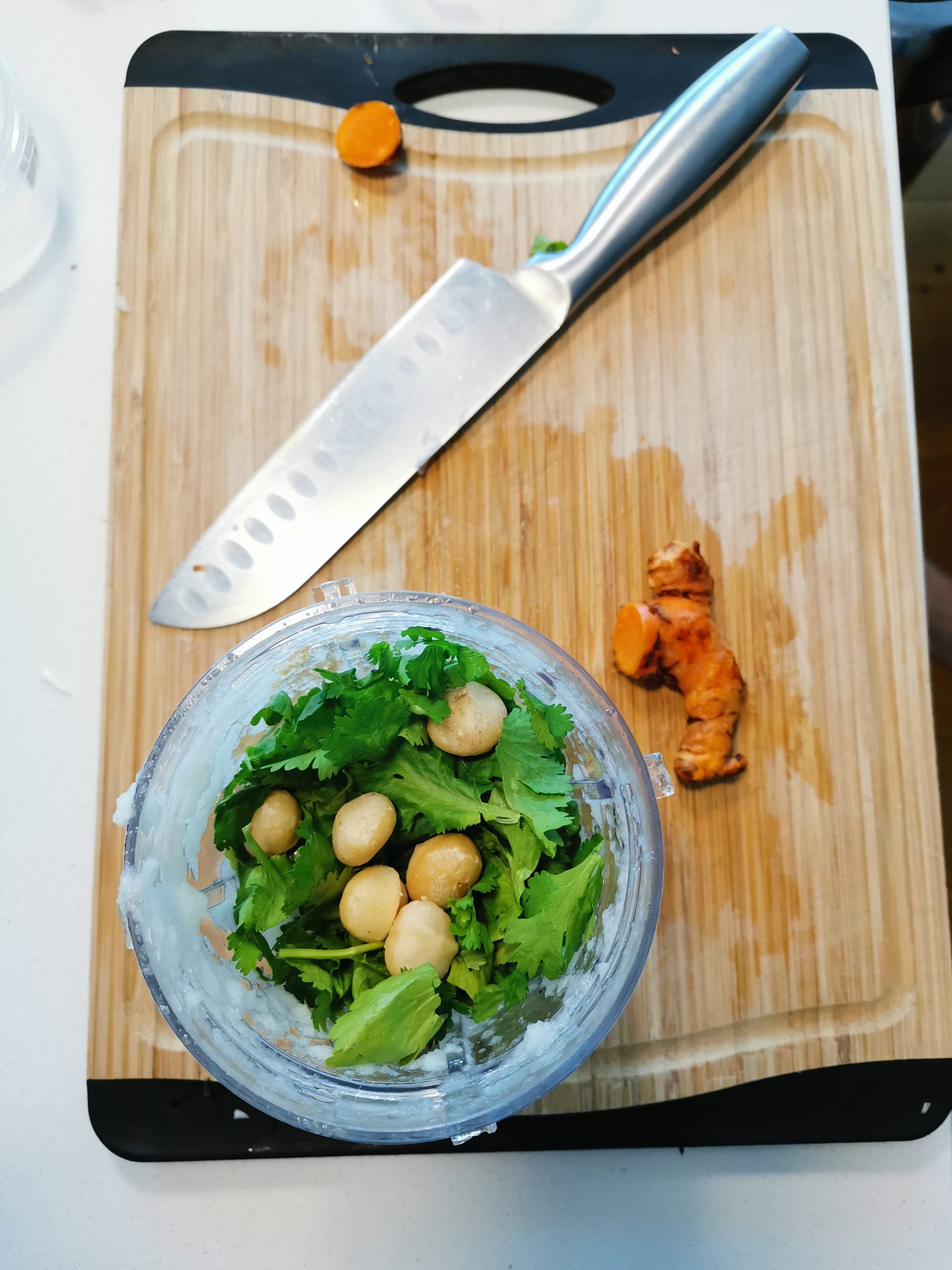
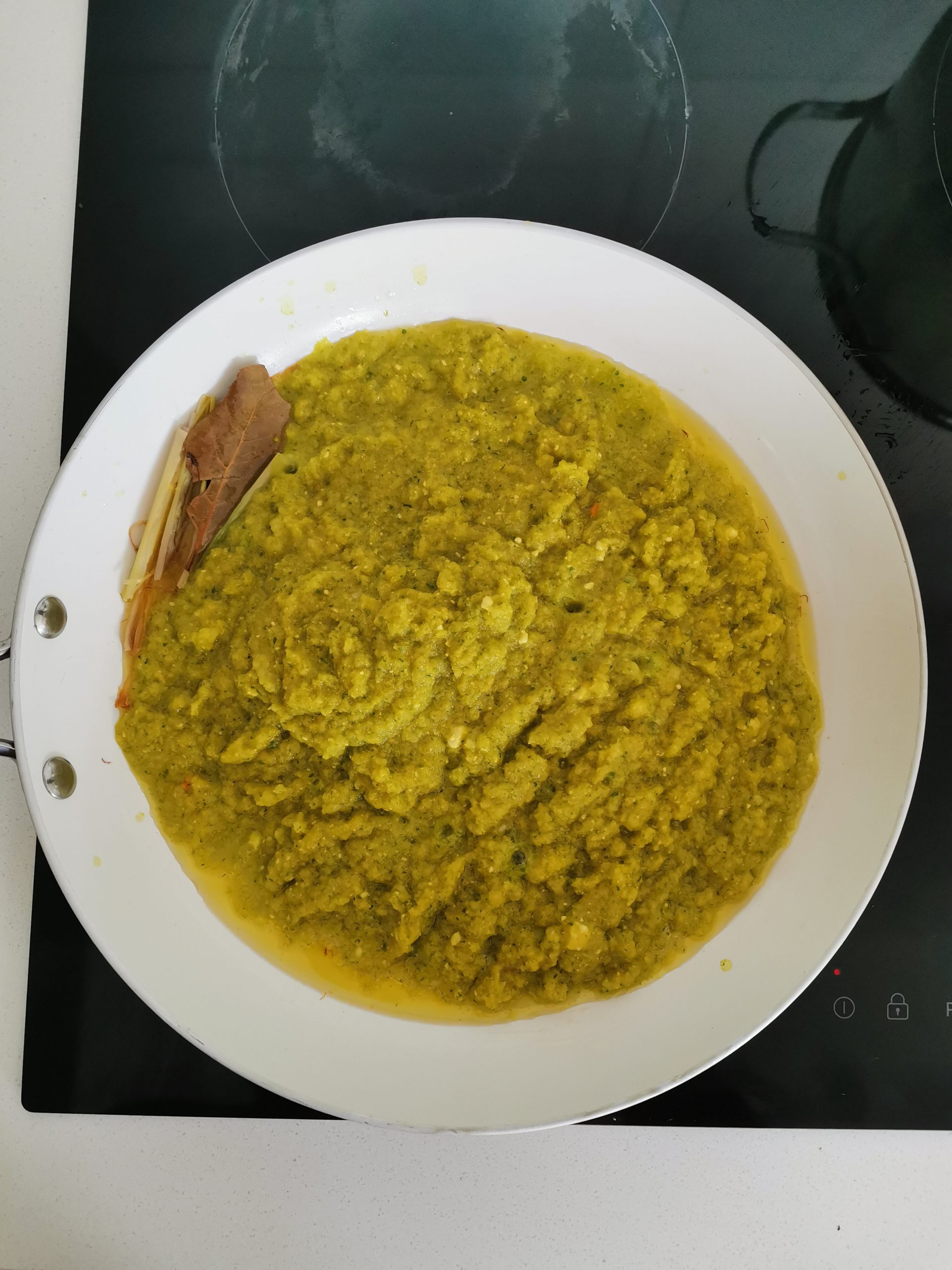
There was lots of different advice about how long to boil the lungs online from 20 minutes to 3 hours for Beef lung. I ended up leaving them to boil for 45 minutes which was perhaps slightly longer than needed. Now time for the deep fry! I filled a pot with oil, brought it to the boil and plopped 5 pieces in at a time for a few minutes each, lifting them out onto kitchen paper to drain.
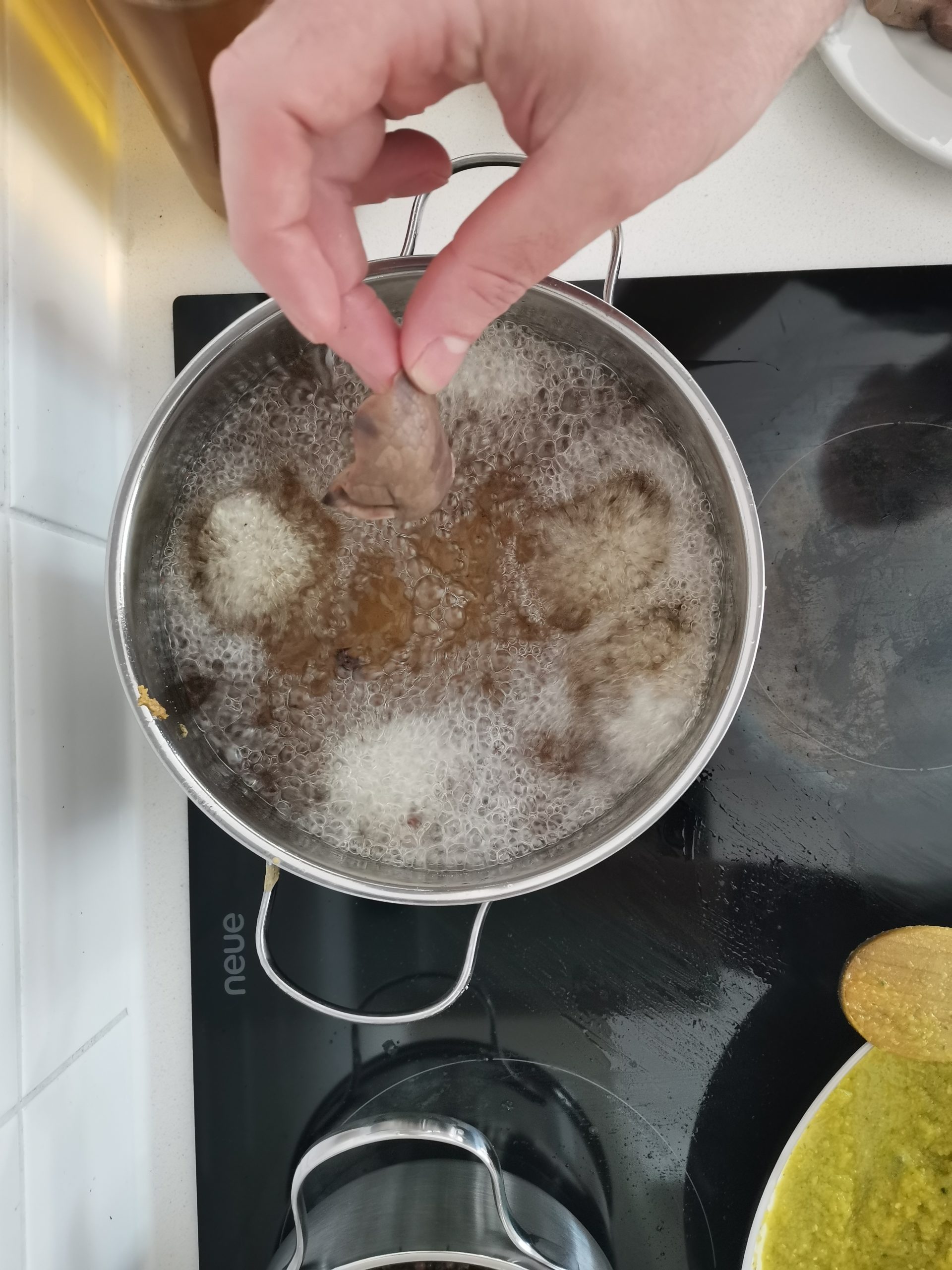

The outcome:
Rubbery in texture with the oily flavour of lamb and the crisp of deep-fried treats, it was a totally novel tasting experience. The sharp condiments definitely helped to cut through the fat and I can imagine that the Malaysian fried Beef lung is actually pretty tasty! I was, however, reluctant to eat the full dish that I had spent all day preparing. Perhaps it was the experience of squeezing bloody water out of bronchi, or maybe beef lung tastes better than lambs lung in this context. The Rempah smelled delicious and I could imagine that it may well have been, but mine was a little too bitter. I think I had used too much turmeric. Overall the cook was an adventurous and insightful experience. A step in the direction of exploring my pallet to adapt to a changing food system. I could see through all the other recipes that I had discovered whilst cooking this dish that the lungs as an ingredient certainly had potential although I feel that one needs to discover their own personal favourite recipe. I have not found mine yet, but perhaps I will.

I mixed half of the fried lung with the rempah and served the other half up street food style with white vinegar, and ‘wendeez’ hot sauce.
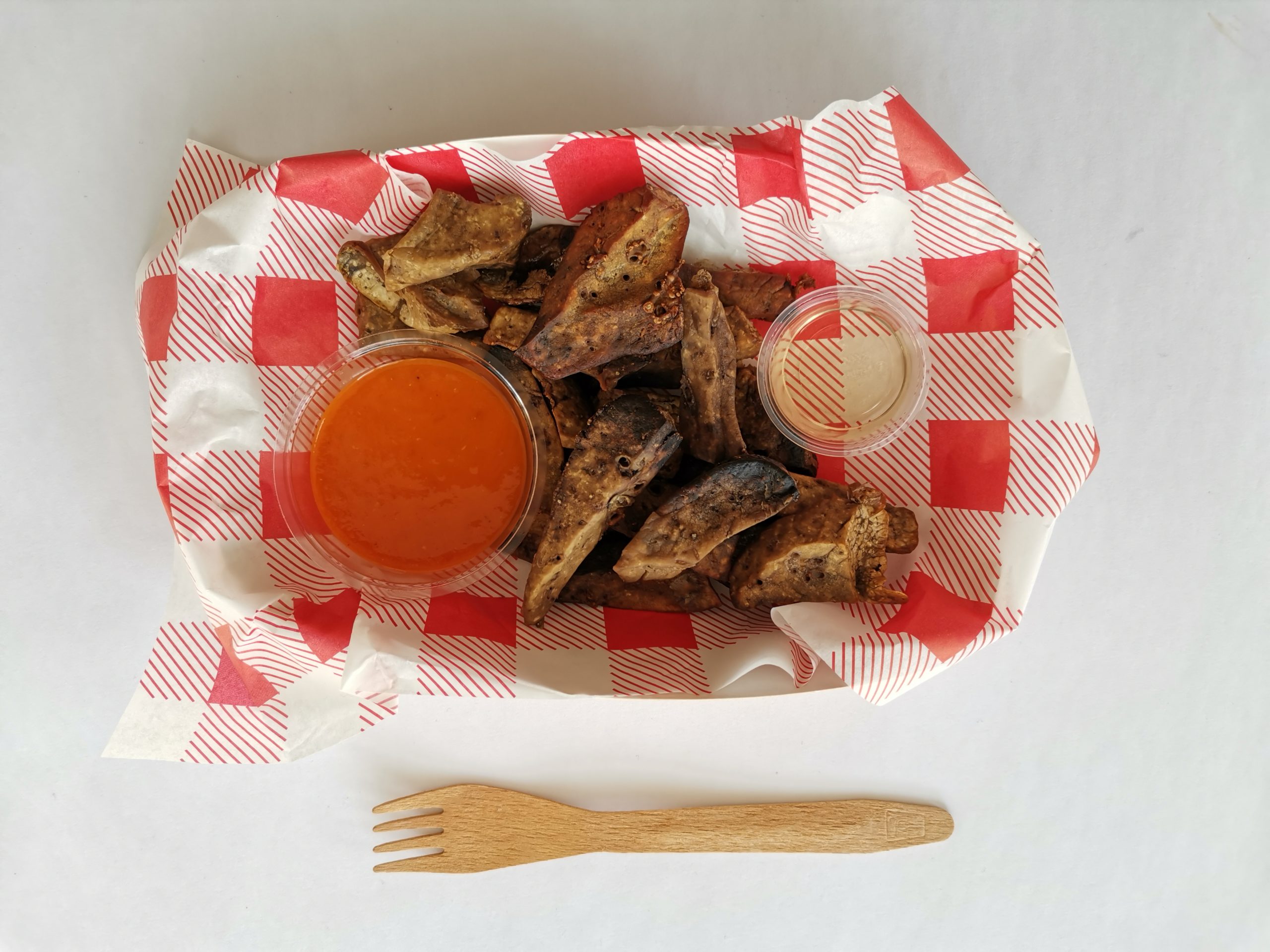
I wonder if my enjoyment of this dish along with other offal dishes might change if I became accustomed to handling it in my kitchen and experienced a wide range of tasty, well-prepared offal dishes as a regular option on the menus of local restaurants, or on friends dinner tables. What if offal was once again widely celebrated as a regular ingredient in our current national cuisine? I am certainly behind the idea of nose-to-tail eating if we are to eat meat at all.
A sample of a future where the popularity of offal grows beyond Haggis and gets re-introduced as a staple ingredient in the British national cuisine in order to support local farmers and reduce food waste post-Brexit.


